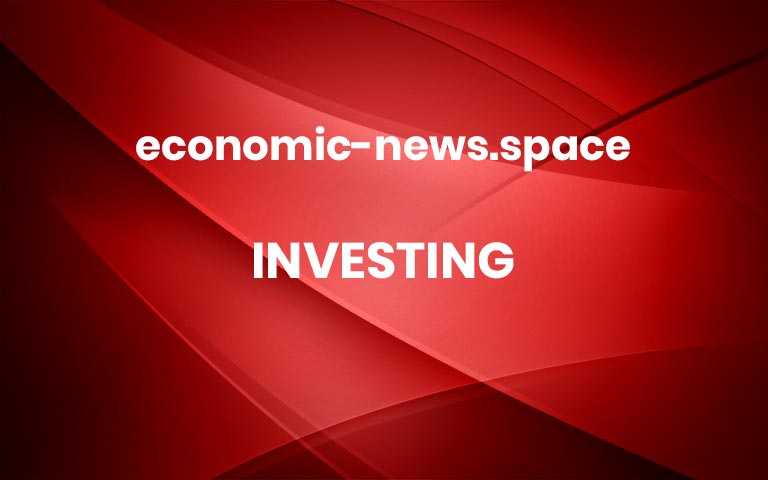Here’s the inflation breakdown for July, in one chart

The consumer price index rose 3.2% in July from 12 months earlier, the U.S. Bureau of Labor Statistics reported.
While the annual rate for headline inflation was below expectations, it marked an increase from 3% in June.
Nearly all of the monthly inflation increase came from shelter costs, which increased by 0.4% and were up 7.7% compared with one year ago.
And experts say “jumping oil prices” are a threat to reaching the Federal Reserve’s 2% inflation target.
Grocery items are offered for sale at a supermarket on August 09, 2023 in Chicago, Illinois.
Scott Olson | Getty Images
Annual inflation rose slower than expected in July, a welcome sign for consumers who have been grappling with high costs. But many Americans are still feeling the sting of essential expenses such as shelter and energy.
The consumer price index rose 0.2% for the month and 3.2% from one year ago, according to the U.S. Bureau of Labor Statistics. While the annual rate for inflation was below expectations, it marked an increase from 3% in June.
July’s CPI report was “better than we were expecting,” said Eugenio Aleman, chief economist at Raymond James. But the biggest issue is “shelter costs continue to remain strong.”
The CPI is a key gauge of inflation, measuring the average price changes over time for goods and services. While July’s annual inflation was higher than June’s, it’s still a sizable drop from the 8.5% reading one year ago.
Nearly all of the monthly inflation increase came from shelter costs, which increased by 0.4% and were up 7.7% compared with one year ago. “We have been expecting shelter costs to start weakening considerably,” Aleman said. “But it hasn’t happened.”
Despite rising oil costs, energy prices increased just 0.1% in July and food increased 0.2%, according to the bureau. However, there was relief for used vehicle prices, which dropped by 1.3%, and medical care services, which were down 0.4%. “That was very good news for consumers,” Aleman said.
‘Jumping oil prices’ is a threat to inflation target
“Inflation is moderating and headed in the right direction,” said Mark Zandi, chief economist at Moody’s Analytics. “It’s still too high for the Federal Reserve’s comfort, but quickly moving toward its target.”
The Fed approved another interest rate hike in July, still aiming for its 2% inflation target. But the central bank may be reaching the end of its rate-hiking cycle, some officials say.
“If everything roughly sticks to script, inflation will be back to the Fed’s target by this time next year,” Zandi said.
More from Personal Finance:Pitfalls may await winner of $1.6 billion Mega Millions prizeWhat advisors are telling clients about possible recessionMany feel trapped in homes by low-rate mortgages
He said the most serious and immediate threat is higher oil prices, which have increased over the past month or two. But with numerous “unpredictable geopolitical factors,” future oil prices can be difficult to predict, he said.
“Nothing is more vexing, more pernicious than jumping oil prices,” Zandi said.
With elevated oil prices, the next CPI report before the September Fed meeting “probably won’t look good unless shelter costs start plunging,” Aleman added.
Millions of households are ‘stretched financially’
Despite falling inflation, many Americans are still feeling the pinch of higher prices.
“It’s hit hardest and most consistently in categories that are necessities,” said Greg McBride, chief financial analyst at Bankrate, noting that millions of U.S. households are still feeling “stretched financially.”
Some of the essential monthly expenses such as shelter, electricity and motor vehicle costs continue to strain budgets, he said.
It’s hit hardest and most consistently in categories that are necessities.
Greg McBride
Chief financial analyst at Bankrate
“There really hasn’t been anywhere to hide,” McBride added.
As a result, savings balances have declined and credit card balances are up, he said. Those credit card balances also become harder to pay off amid rising interest rates. Indeed, aggregate credit card balances surpassed $1 trillion for the first time in history, the New York Federal Reserve reported Tuesday.
However, the strong labor market could offer a chance for a side job that could help people improve their household budget and start paying off debt, McBride said. More

